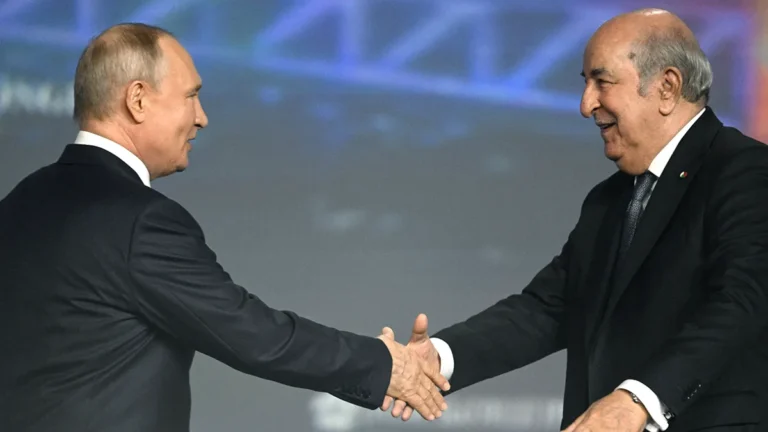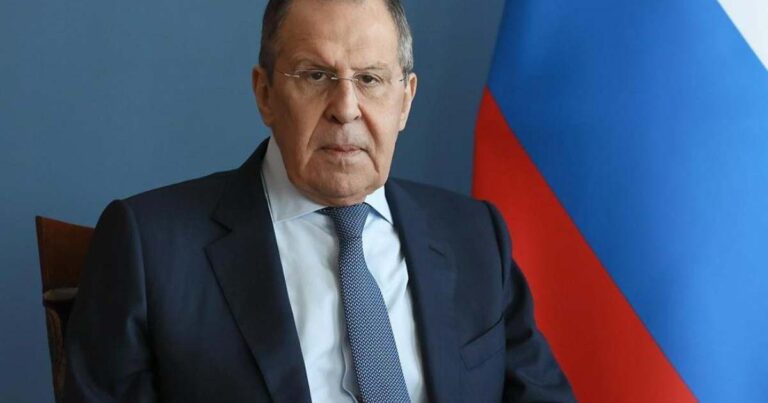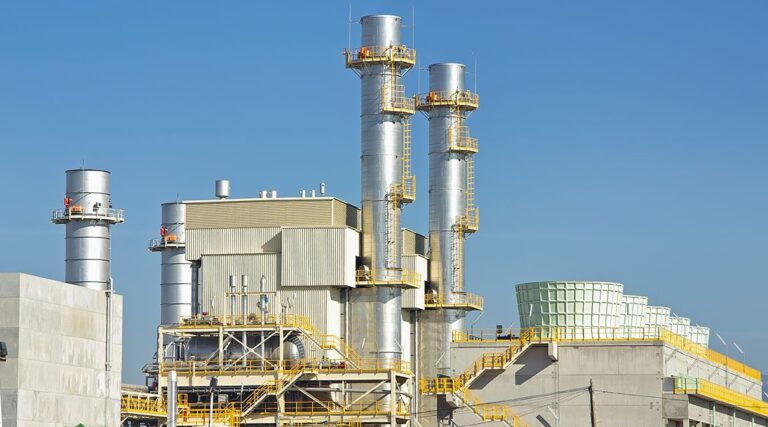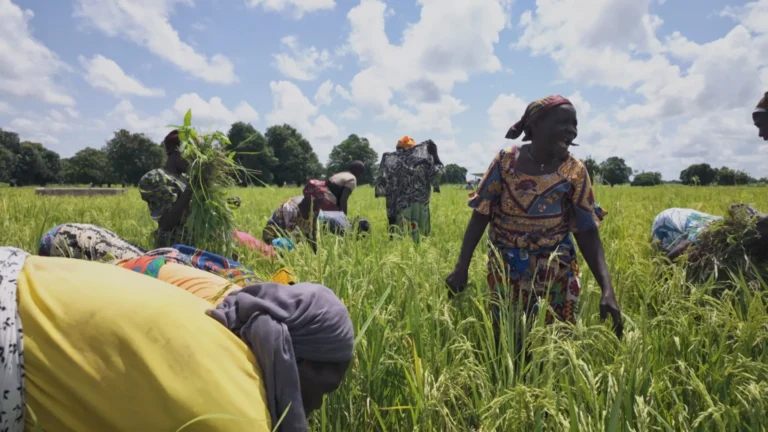
At least 11 people have been killed and over 500 arrested across Kenya as anti-government protests marking the 35th anniversary of the historic Saba Saba demonstrations spiralled into chaos, with central Nairobi sealed off by authorities.
Police confirmed the fatalities on Monday evening, along with 567 arrests and dozens of injuries during confrontations between demonstrators and security forces.
The Kenya National Commission on Human Rights (KHRC) had earlier reported 10 deaths and accused police of using excessive force.
Dr Aron Sikuku, a medic at Eagle Nursing Home on the outskirts of Nairobi, told the BBC that the facility had received two bodies with gunshot wounds.
“Hundreds of protesters had gathered outside demanding to take away the bodies,” he said.
The Saba Saba protests, held annually on 7 July, commemorate the 1990 uprising that marked the beginning of Kenya’s transition to multi-party democracy.
But this year’s demonstrations, led largely by Gen-Z activists, turned violent amid growing frustration over police brutality, poor governance, and economic inequality.
Kenyan police released a statement lauding officers for their “exceptional restraint and professionalism in the face of sustained violence and provocation.” They reported that 52 police officers and 11 civilians had been injured during the clashes.
The KHRC, in a damning report, alleged that “police operated in plainclothes and unmarked vehicles” and worked in collaboration with “armed criminal gangs” in multiple towns including Nairobi, Kiambu, Eldoret, and Nakuru.
The watchdog also said it had verified two abductions and 29 injuries, along with 37 arrests across the country.
Nairobi was under near-total lockdown from early morning.
Roads leading into the capital, including access to the presidential residence and Parliament, were barricaded with razor wire.
Commuters and travellers were left stranded at checkpoints more than 10km away from the city centre.
Protests erupted in at least 17 counties. Fires were set in Kamukunji, the original site of the 1990 uprising, and in the towns of Ol Kalou and Meru, where a shopping mall went up in flames.
In Ol Kalou, one person was shot dead and another wounded.
Opposition leader and former Prime Minister Raila Odinga, a key figure in the 1990 protests, cancelled his appearance at the Kamukunji rally, citing roadblocks.
But he condemned the government’s actions: “We have a rogue police force that shoots people with impunity, a force inherited from the colonialists,” he said, calling for national dialogue on police reform.
Monday’s demonstrations followed a similar protest on 25 June, when 19 people were killed during nationwide anti-tax protests.
On Sunday, ahead of the Saba Saba anniversary, an armed gang stormed the headquarters of the Kenya Human Rights Commission (KHRC) in Nairobi during a press event led by women’s groups.
According to KHRC spokesperson Ernest Cornel, the attackers shouted, “There will be no protest today,” as they looted equipment and assaulted journalists.
As tensions continue to rise, many Kenyans are left questioning the country’s democratic trajectory. For the protesters, the spirit of Saba Saba remains alive—but the price of civic resistance is growing ever more deadly.



